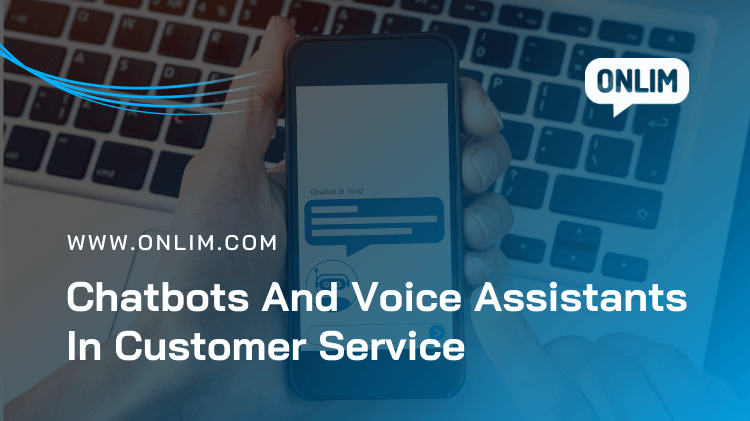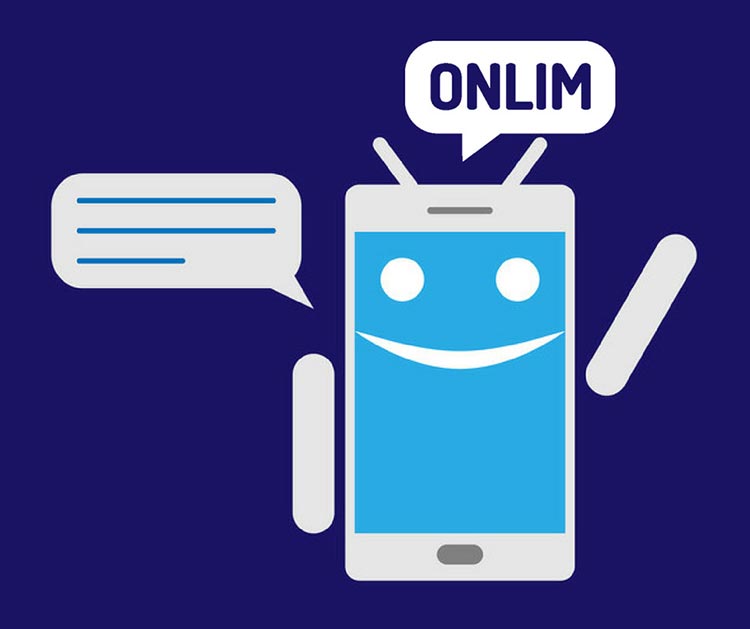How Chatbots And Voice Assistants Are Revolutionizing Customer Service
Guest post by Michael Dehoyos.
As machine learning gets smarter, the role of AI in our lives is continuing to grow. Once a sci-fi fantasy, voice assistants are now all around us, from our phone to our car to our hi-fi. Amazon’s Alexa and Google Assistant are bringing these technologies to the masses, meaning customers are increasingly fluent in their use. This means they can be leveraged by businesses for customer service.
Chatbots Are Becoming Favoured By Customers
Across all industries, businesses are taking advantage of the ways that chatbots and voice assistants can revolutionize customer service. Chatbot usage is growing in every sector from healthcare to hospitality and tourism. Businesses are seeing the benefits to customer service as well as return on investment.
Crucially, this upswing in the use of chatbot technology is mirrored by consumer appreciation of this technology. According to a recent survey, four out of five consumers perceive a high level of customer support from businesses leveraging chatbots and voice assistants. There is a cultural shift taking place in favour of automated technology. This means that outdated ideas of consumers needing human contact must be revisited. Chatbots and voice assistants are going to continue to grow in customer service.
Chatbot Technology Continues To Improve
A large part of the upswing in support for chatbots, both on the business side and customer side, is due to the continued improvements in the technology used. Chatbots can now closely replicate the level of service offered by a human respondent. Whilst reducing waiting times to zero and customers increasingly favour this trade off.
AI and machine learning are revolutionizing the world of chatbots and voice assistants. As these tools become “smarter” they are able to tailor their responses intelligently to the needs of their users. For customer service, this means happier customers who feel their needs are adequately met by this technology.
Also interesting: Improve Customer Experience With The Help Of Voice Assistants
As the use of chatbots is normalized in customer service, an increasing number of these interactions can be automated. According to recent estimations, up to 90% of customer interactions can be handled by chatbots and voice assistants, as troubleshooting, FAQs and other services are brought into the remit of these AI tools.
This frees up your business’s resources and allows personnel to focus on other complex tasks which cannot be automated. The efficiency that these automated tools will bring to your business cannot be understated, as the vast majority of repetitive customer interactions are automated.
Simultaneously, customer satisfaction with your businesses’ customer service will increase. The ability of chatbots to perform satisfactory customer service is on the rise. As waiting times for service decrease, customers will increasingly perceive your brand as one which cares about its customers.
One further advantage that chatbots offer businesses is the opportunity to expand your markets by taking advantage of multilingual bots for customer service across the globe.
Chatbot And Voice Assistant Challenges For The Future
Chatbot technology is still developing and although businesses across all industries can leverage chatbot technology to increase customer satisfaction, reduce waiting times and free up personnel for more complex tasks there are still some challenges to be faced. Businesses utilizing voice assistants and chatbot technology need to understand these constraints.
The fluidity of language, especially when working in transcontinental markets, remains a challenge for chatbots and in digital settings language and slang change faster than ever. Chatbots using machine learning technology can often keep pace in this dynamic environment, allowing customer interactions to feed into the technology and increase comprehension as transactions take place. Nevertheless, chatbot comprehension can still sometimes fall flat – for example, one in three users reported that voice assistants were still struggling to understand local accents and dialects.
If you’d like to learn more about chatbots for your business – check out the Ultimate Chatbot Guide.
The Need For Testing
Companies seeking to leverage voice assistants and chatbots in customer service will need to ensure they have a rigorous testing procedure in place. Debugging chatbots as well as exploring the ability for voice assistants to respond to regional variations in accent are essential to providing fluid customer service. As chatbot and voice assistant technology continues to progress these tools will become increasingly valuable in customer service settings.
Wrapping Up
Chatbots and voice assistants have been applied with success to customer service. This success demonstrates that we will see increasing automation in customer service in the coming years. Both customers and businesses are increasingly cognizant of the benefits of automated services. The challenges for voice assistants to function in globalized industries remains to be surmounted. But it’s clear that no business can afford to ignore the potential that these technologies hold in customer service.
Author bio:
Michael Dehoyos is a content marketer and editor at Coursework Help and Write my research proposal. As a programmer and data analyst he has seen the rapid expansion of machine learning in business and sees technology as offering utopic potential for industry. His further writing can be found at Origin Writings.
What are Large Language Models (LLMs)?
March 18th, 2024|
What are chatbots and how do they work?
November 23rd, 2023|
The AI Act and its impact on the use of chatbots
October 27th, 2023|




